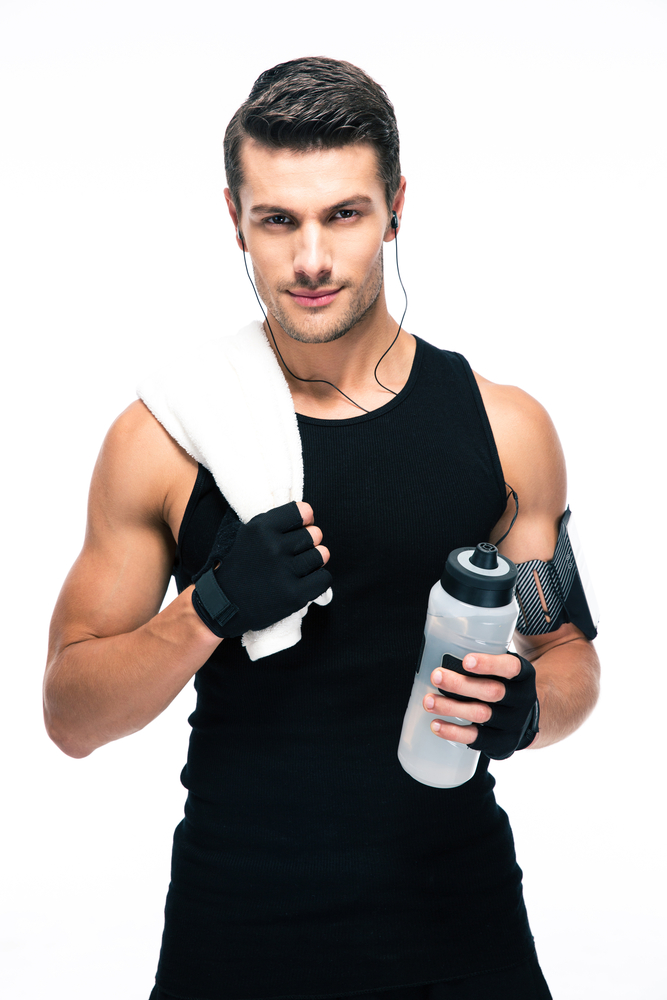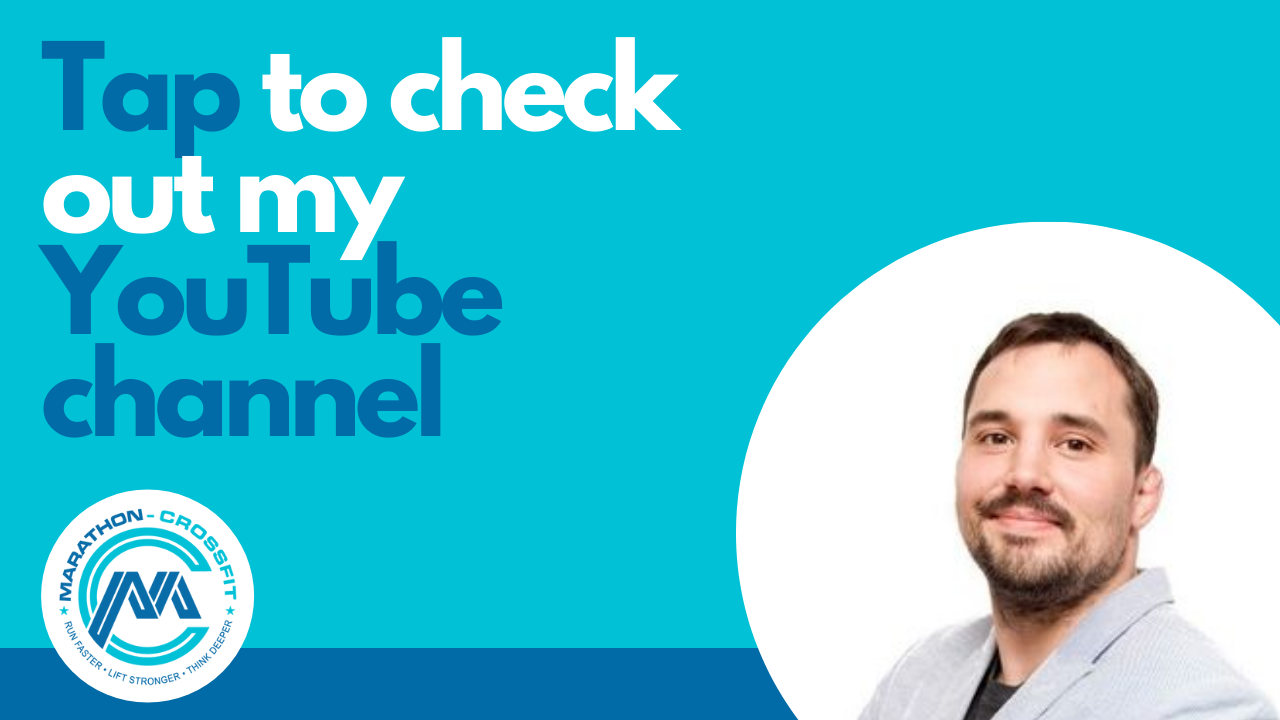Powerlifting without a coach
Powerlifting without a coach is possible. Especially in the middle of your career. In the beginning, when you get injured or if you want to make it on an international stage, a coach is highly recommended if not even a must.
What is your why
Before we go into the details of powerlifting without a coach, let me ask you a couple of questions:
-
Why do you want to lift
-
Why do you want to change your body
-
What happens when you do
-
What happens if you don’t
These questions are essential for your personal success and failure. Research shows that people who write down their goals and reflect on them are more likely to make them a reality. When was the last time you did this? Can you even remember? If you can not it is time to get a pen and paper and start. Many people go about their lives like this:
-
What do I want
-
How do I get it
-
Why do I want it
This will leave you confused and without drive. What you want changes hundreds of times a day based on what you see, hear, taste, smell and feel. Your sensory input will steer how your body reacts. These reactions will be instinctively and immediately. This way you will run in every direction and arrive nowhere in your life. Something interesting happens when you flip the running order of these questions on their head:
-
Why do you want something
-
How do you get it
-
What needs to be done
This way you focus on what matters to you long term. Your thoughts and actions will become more connected and success will follow. If you want to know how this works on a psychological level read Daniel Kahneman's thinking fast and slow. Simon Sinek's Ted talk on the golden circle will change your life.
It all starts with better habits and rituals to achieve your goals. The best way I found to build them is to keep a journal. I have been using the self journal from best self for two years now and my marriage and salary have dramatically improved. You can check it out via this link.
What is your goal
Before you embark on the powerlifting journey it is important to know what your goal is, even more so if you do it without a coach.
A coach is great to gauge you into eh right direction and help you with finding out what is best for you. They will also adjust when you get too enthusiastic or lenient with your program. Without a coach, it becomes even more important to exactly know where you want to go and by when. Only this way it will be possible for you to cut a path and ask the right questions to the resources available at your fingertips or circle of friends.
Many have one of the following goals in fitness:
-
Improve performance
-
Look better
-
Get healthier
As you are looking into powerlifting your main interest if probably to improve performance. If not, then you should really have a very hard look at what your actual goals are, because you have probably picked the wrong sport.
Powerlifting
Powerlifting is the sport of the total. Your total consists of three lifts. These three lifts are the bench press, squat, and deadlift. For each lift, you will get three attempts to establish your best weight. Your best attempt for each lift will be counted towards your total. Based on your total you will be ranked against your competitors.
A big difference in lifting weights in the gym is that you will be judged. Three referees will observe your actions from three different angles. They decide whether you performed according to the standards of the federation you are competing in. Two out of three referees have to agree for the lift to qualify. You need at least one qualifying attempt for each lift to make it on the board. Otherwise, you will be disqualified.
You total usually splits into 40/40/20. The squat and deadlift usually contribute 40 percent each while the bench press adds up to 20 percent. Big legs usually equal big totals.
Without a coach, it will be important for you to reflect on your personal strength and weaknesses and keep track of a plan of your training.
Form checks
To perform form checks you might want to record some of your lifts to either send them to someone else you trust or analyze them yourself. If you are training at home that is no problem. If you are training in a commercial facility pick early or very late times and some corner where there is not a lot of people around. That usually works best.
Squat
If you are working without a coach following points are important for the squat
-
Stay safe
-
Hip mobility
-
Breathing
The first priority is to stay safe. Make sure that for the squat you have collars and safety pins set up at all times. Don’t attempt one rep maxes on the squat without a spotter. Yes, there are some crazy people on YouTube who do this kind of stuff, but they are usually more experienced than you or take cocaine before they step to the plate. Don’t be dumb and pace yourself to stay healthy.
The second point to take care of is hip mobility. Many coaches will insist that you don’t get to squat with a bar before you fix your hip. This means that you can squat below parallel without lifting your heels. When you are by yourself you might not be as harsh, but definitely make mobility in the hips one of the top priorities of a personal trainer is not looking after you.
The last thing to pay special attention to for the squat is your breathing. Make sure you look up how and when to breathe during the squat. A great resource for this is Chris Duffin from kabuki strength. The main idea is to get as tight as possible as if someone was about to punch you in the stomach.
Bench press
For the bench press following points are important if you do not have a coach to point them out to you:
-
Learn to arch your back
-
Worn your triceps
-
Squeeze the bar
The first thing is to learn how to arch your back. A good powerlifter will arch their back to gain maximum leg drive and reduce the range of motion the bar has to go through. You arch your back by bringing your feet as close as possible to your head in the bench press position. The goal is to only have your butt and the shoulders touch the bench.
The second important concept to get your head around is that a good bench press will probably be more about your triceps than your chesticles. To blow up your triceps, incorporate skull crushers and tricep pushdowns in your training. Dips also work wonders.
The last point is to squeeze the bar as hard as you can. I see so many gym rats treating the bar like spaghetti. Don’t be that guy. Crush it to get the maximum strength transferred to the bar for a good press.
Deadlift
An important point to take care of for the deadlift when there is no coach around:
-
Bend it like a horseshoe
-
Make a footprint
-
Build tension off the floor
The first tip is to bend the bar around your shins like a horseshoe. To achieve this get the bar close and try to make your pinkies touch each other while still holding onto the bar. This will turn your elbows in and make the bar click. This way there is no slack in the bar and you can build tension off the floor. Many coaches will tell you to keep your back straight during the deadlift. I found that this queue automatically gets you in the right position. Keeping the bar close and bending the bar around your shins straightens the back and avoids rounding.
To make sure that you activate the glutes and legs try to make a footprint. Push your feet into the ground as if you were to make a footprint in snow or mud. The only difference is that you want it in hard concrete. This will activate your posterior chain and bring more horsepower to your lift.
The last point is to build tension off the floor. Avoid yanking the bar as this leads to lower back and shoulder injuries. Rather bend the bar around your legs like a horseshoe and then build tension until the bar bends and “floats”. Then initiate leg drive by making a footprint to drive the bar up.
Resources
Great resources to learn from the best lifters are:
Powerlifting without a coach
It is possible to get to a decent level without a coach. If you want to become world class or progress as quickly as possible, get a coach involved. They have the experience to push or protect you at the right time. They will also j is when it is time to change up your program.


